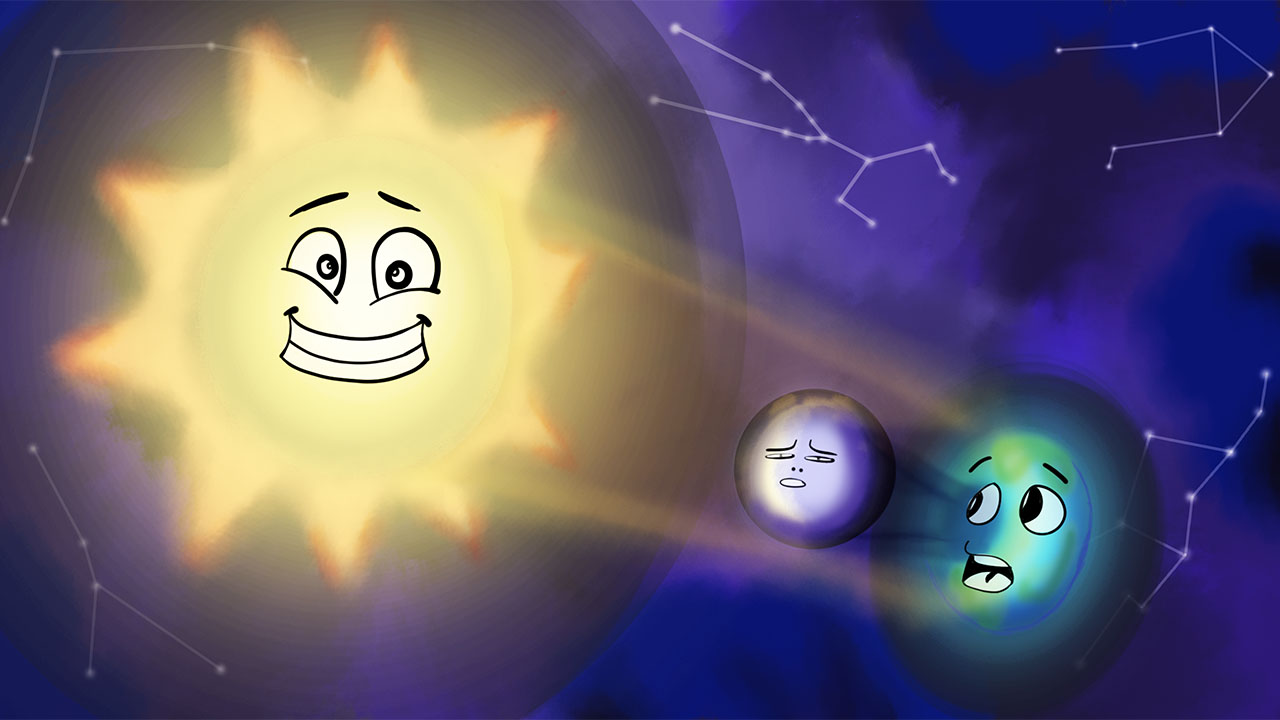How to (safely) experience the upcoming solar eclipse
 CREDIT: CALEIGH REID
CREDIT: CALEIGH REIDSouthwestern Ontario will experience a total eclipse on April 8.
A rare and exciting cosmic event is set to take place April 8, and many in London will be treated to a front row seat.
A solar eclipse usually happens every year and a half, according to NASA. London, amongst other Canadian cities, will have a close look at the eclipse’s path of totality, meaning the moon’s disk will almost completely be covering the sun’s face.
“London will be in 99.6 per cent partial eclipse, and it’s a very different thing than a total eclipse,” said Jan Cami, a professor of physics at Western University.
The path of full totality is just south of London, in St. Thomas.
The partial eclipse will be visible from anywhere in London, but not for long, as the path of totality is a bit out of the city’s way. By travelling south of the city, the chance of experiencing the eclipse for a longer period is more probable.
“The closer you travel to the centre of the path of totality, the longer the eclipse lasts,” explained Cami.
According to Cami, the north of St. Thomas will experience about one minute of totality, while the southern part of St. Thomas will catch about a minute and a half. The further south you go, the longer the eclipse will last.
“If you would go all the way down to Long Point, for instance, you would have well over three minutes and 40 seconds,” Cami said.
The eclipse will begin around 2 p.m., lasting roughly two hours and 28 minutes, with maximum coverage occurring around 3:17 p.m. With the popularity surrounding the event, many school boards across the province have scheduled their April Professional Activity (PA) days to fall on the day of the eclipse.
If you plan to view the eclipse, whenever any part of the sun’s disk is visible, it is important to practice eye safety, as Cami warned that viewing the eclipse with the naked eye can be extremely dangerous.
“The problem is that you have a lens in your eye, which helps you focus and see things sharp, but unfortunately…when you look at the sun, [it] focuses all the sunlight onto your retina and it starts burning your retina which has no pain receptors,” Cami said. “So, while you’re burning your eyes, there’s no indication that you’re doing something which is very unsafe and can cause blindness or eye damage.”
But don’t fret, there are safe alternatives, like “eclipse glasses,” which resemble 3D glasses. Eclipse glasses block the light with dark polymer film made by embedding carbon black powder inside a resin matrix. The London Public Library branches have a limited number of these glasses available, or you can purchase them online.
Another option is to view the eclipse with a pinhole camera, which you can even make yourself with tin foil, a white sheet of paper, and a cardboard box.
Meanwhile, for Iftekhar (Isaac) Haque, a science and mathematics professor in Fanshawe’s School of Language and Liberal Studies, who has taught courses on astronomy and astrophysics for the past decade, the solar eclipse also represents an opportunity for advancing scientific knowledge.
“This eclipse is especially exciting because it will last longer, be more ‘total’ and the sun will put on a much livelier show as it is currently at the peak of its roughly 11-year activity cycle,” said Haque in a statement. “As a science educator, what is most exciting to me are all the citizen science opportunities.”
Whether you plan to experience the eclipse for its beauty, or for its scientific potential, be sure to do so safely and have fun. The last time there was a total eclipse in Ontario was in February 1979 and the next one won’t occur for another 120 years.

















